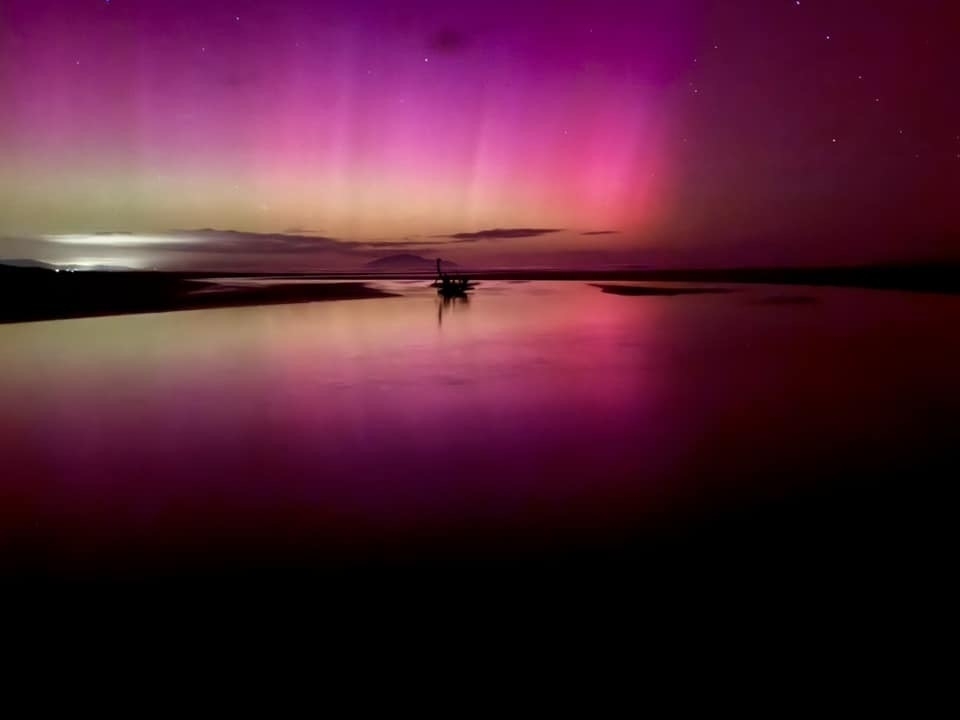
Last weekend most of Aotearoa was able to see a magnificent aurora — unusual because it’s normally only visible from the South Island.
Many at Waikawa Beach enjoyed the show.
On Saturday 11 May 2024, Charlie Strivens posted on Facebook:
So glad we made the call to go to the beach to check out the Aurora tonight! Light and smoke pollution affected the photos near the village but away from the village down at the beach it was magic! So hard to narrow down the photos to these ones but they give you a sense of our journey tonight 😆
Edit to clarify: Taken on my iPhone and no editing, filters etc. Photos shared here are straight from the phone.
All photos by Charlie Strivens and posted with permission. These are only 3 photos of several dozen Charlie posted.


Explainer: The science behind the Aurora Australis | RNZ News :
… a strong solar storm caused aurora to be visible across vast swathes of the Northern and Southern hemispheres. …
Solar flares and coronal eruptions have been detected by the Space Weather Prediction Center (SWPC) in the United States, which has been tracking several flares from a cluster of sunspots since 8 May [2024].
The cluster is estimated to be 16 to 17 times the diameter of the Earth and led to the first severe warning since 2005. …
Usually, particles from solar flares bounce off the Earth's magnetic field, but when there is a severe eruption, they can penetrate the ionosphere and interact with gases around the magnetic poles - causing the ribbons of colour.
The pinks, purples and greens that are often associated with aurora are the particles interacting with different gasses. Simply put, oxygen - which emits greenish-yellow or red light - and nitrogen - which emits blue light - in the upper atmosphere release specific colours when bombarded by solar radiation.
Atoms, molecules and ions in the atmosphere are excited by the electrically charged particles and, in turn, release photons - which is the light we see.
Charlie's comment about needing to visit the beach to avoid the lights and smoke from the village is a good reminder about the taonga we have here of amazing dark skies.